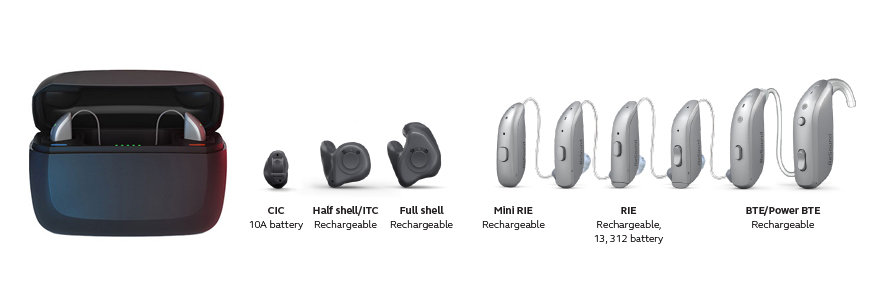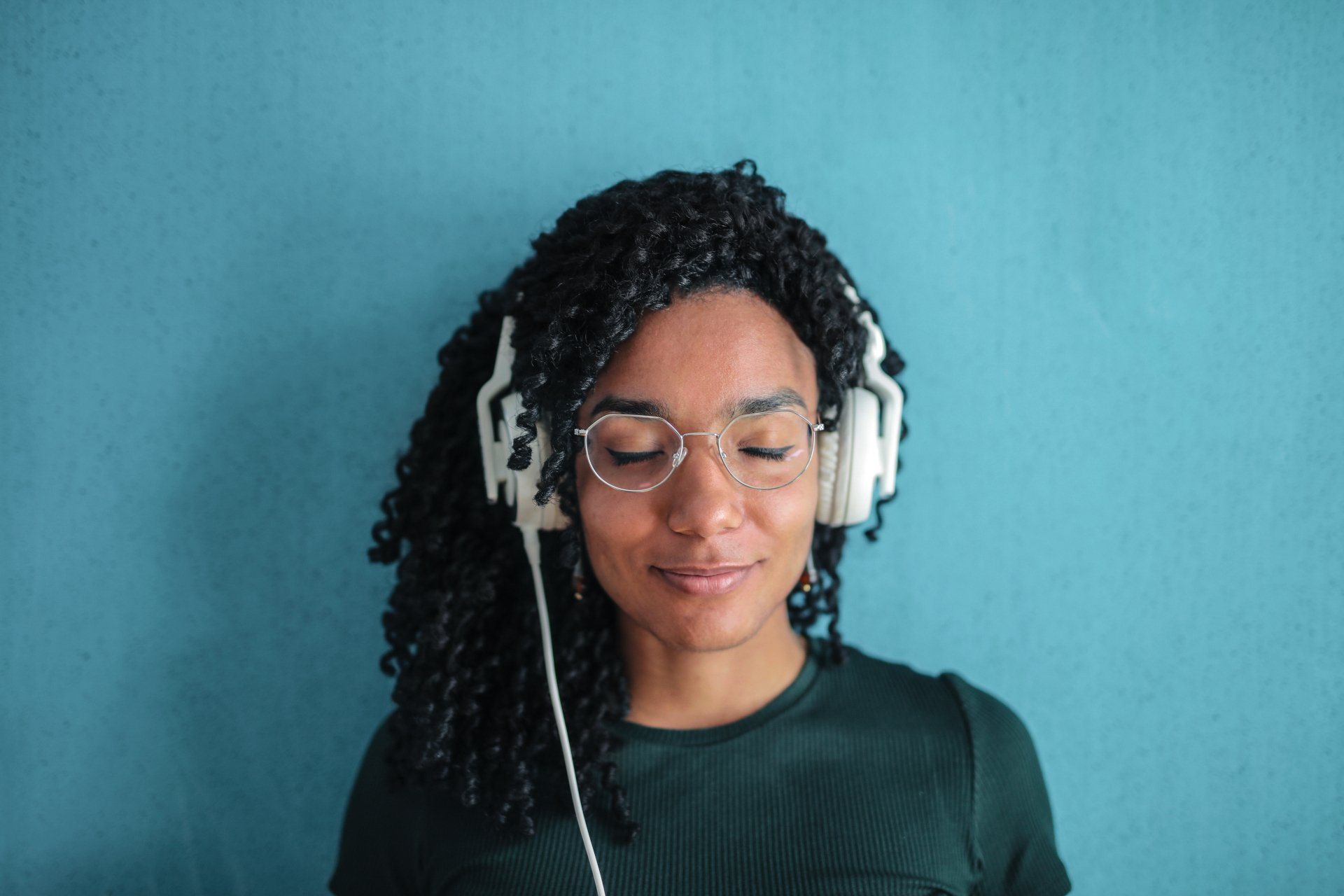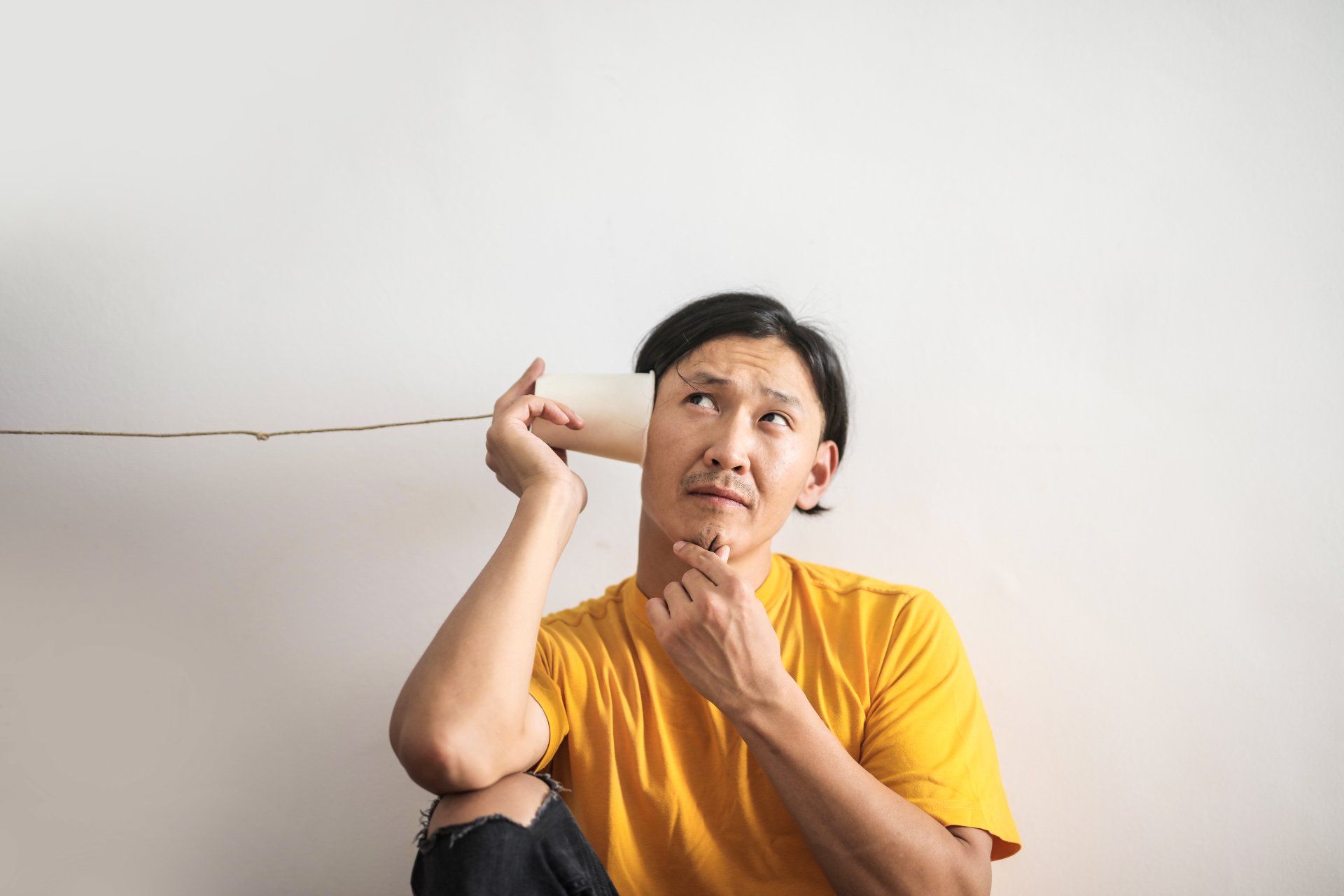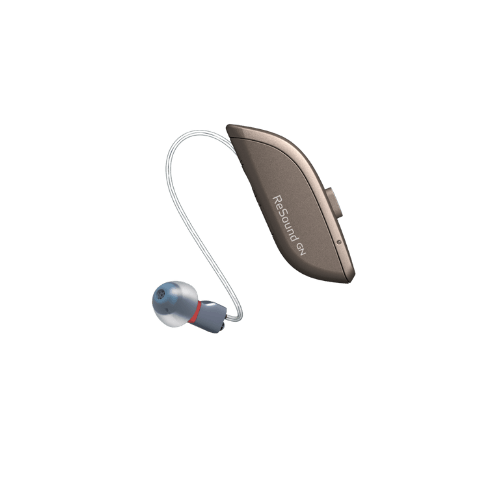7 things you need to know when you get hearing aids.
If you have decided that it's time for an upgrade or maybe even your first time using one entirely then this article will help answer some questions you may have had about these devices!
If hearing loss is beginning to impact your life, you may be considering whether or not you should get hearing aids. Getting fitted for a pair of hearing aids can seem like a big decision and process, and there are many things that you need to know when it comes to choosing the right hearing aid for your needs. Here's what you need to know about getting fitted for your first pair of hearing aids:
1 Expect the Fitting to take around an Hour
The fitting process can take around an hour. This is because there are many pieces to the hearing aid puzzle and each piece affects how the other pieces work together. Your hearing care professional will need to find a balance between all these components, taking your individual needs into consideration. That's why it's important for you to be patient and ask questions if something isn't making sense.
2 People won't notice the hearing aids
The second thing you may want to consider is that people will not notice your hearing aids. People won't see you wearing them, but they will notice that you are hearing them better. They'll be more aware of the things they say, and how they sound.
This is one reason why it's so important to have yourself tested by a hearing health care provider before purchasing a pair of hearing aids—so that you can get fitted properly and avoid any unnecessary discomfort later on!
3 Things will sound different
It's important to understand that your brain will take time to adjust to the new sounds. While your hearing may be better than before, you can't expect everything to sound the same as it did before. The brain takes some time to adjust and learn how different things will sound with a hearing aid. You may find that it takes several weeks or months for your brain to fully adjust and make sense of all the new sounds around you.
4 You will hear yourself differently
You may not notice it at first, but eventually, you should start to think about how your voice sounds to others. You may find that your voice is lower than normal and more monotone, or perhaps much louder than usual when compared with other people's voices. This change is due to the fact that hearing aids amplify sound—so naturally, they will also amplify the sounds made by your own mouth as well! Don’t worry if this happens; it’s just out of habit at first that we don't notice our own voices in such detail. Your brain will adjust within a few weeks and learn what normal sounds like for you again!
5 You will forget you are wearing hearing aids
After a few days, you will not notice them at all. They are very comfortable, and you will forget that you are wearing them.
This is one of the marvels of modern technology: it can make something as complex and sensitive as your hearing aid seem completely natural, so that you don't even know it's there! And this is exactly why we recommend getting fitted by a hearing health care provider – they know how to ensure your hearing aids fit comfortably and securely without causing any pain or irritation.
6 Expect to see your hearing care professional several times
Hearing aids are adjustable devices and require several visits with a hearing care professional to be properly fit, programmed, and adjusted. The initial fitting session will determine the type of device that is best for you, which will depend upon the severity of your hearing loss, what kind of sounds you need help with (such as speech or music), where you prefer to wear them (in each ear or in only one) and more.
After this initial visit, additional appointments may be necessary so that adjustments can be made if needed and/or additional programming can be completed. Hearing aid wearers should expect multiple visits before they feel comfortable with their hearing aids and able to use them on their own at home consistently.
7 You should be hearing better with hearing aids
As you get used to your new hearing aids, you will be able to hear better and more clearly. Your hearing aids will help you communicate better in social situations and feel more confident. You'll be able to understand conversations more easily, which means that you can spend less time asking people to repeat themselves and more time enjoying what they have to say!
If you or a loved one is getting fitted for your first pair of hearing aids, these are some things you should know!
So you've decided to get hearing aids. Congratulations! You're going to love them. But before we can get you fitted, there are a few things we need to know.
First, because your hearing care professional needs to determine the best type and style of hearing aid for you, it will take more than one visit before they're ready for you to wear them. If this is your first time getting fitted for hearing aids, we recommend making sure that at least two visits are scheduled so that we can make sure everything fits properly and provides the best results possible from day one!
Second, keep in mind that these devices aren't just worn once or twice—you will be wearing them every day for years on end (except when showering or swimming). It's important that these devices fit comfortably and naturally into everyday life without being intrusive or uncomfortable in any way! The best way for us to ensure this is by taking our time when fitting them on each visit so nothing gets missed along the way!
Takeaway:
If you have never used a hearing aid before and are looking to get one, it is important to know what they are and how they work. There are many different types of hearing aids available on the market today and each one has its own benefits as well as disadvantages. If you have decided that it's time for an upgrade or maybe even your first time using one entirely then this article will help answer some questions you may have had about these devices!











